This City in China Has the Most Unesco-Recognized Gardens in the World
Suzhou has more than 60 gardens dating back to 600 AD, and nine have collective World Heritage status
/https://tf-cmsv2-smithsonianmag-media.s3.amazonaws.com/filer/de/ad/dead496f-3514-4974-8937-037ed4b3f187/istock-657720978.jpg)
The rise of the Tang Dynasty, beginning around 618 A.D. and continuing through the early 900s, saw the formation of myriads of gardens throughout China, particularly in the city of Suzhou. Today, this modern-day suburb of Shanghai is dotted with elaborate and well-preserved classical gardens and zigzagged with canals and bridges that draw comparison to Venice and Amsterdam.
The gardens in and around Suzhou are believed to have evolved from the tradition of imperial hunting grounds dating as far back as the 3rd century B.C.—but at the time of their creation many centuries later, the gardens in these parts were not intended for hunting, despite their likely origins; nor were they designed as a quiet place to sit and reflect on the day. Rather, the ability to create and own a lush private garden was considered a symbol of wealth and social status.
“They were obviously places of quiet and contemplation, but this interior, introspective enjoyment was coupled with the desire to invite in their colleagues and show off the cleverness of their garden designs and the erudition in naming their gardens’ halls and pavilions and even their choices of poetic couplets sprinkled around the grounds,” Stephen Koss, author of “Beautiful Su: A Social and Cultural History of Suzhou, China,” told Smithsonian.com.
The gardens in Suzhou followed a traditionally Chinese style, consisting of endless combinations of four primary elements: water, rocks, plants and structures. Thus, these gardens could include anything from man-made islands to bamboo forests to pavilions with latticed windows among the verdant greenery. A “good” garden at that time also displayed an understanding of Chinese art and poetry through design and decoration. And according to Koss, it’s important to note the distinction that these gardens were built—not planted.
“I always refer to building or constructing a [Chinese] garden, but never to the more Western idea of planting a garden,” Koss said. “Suzhou’s classical gardens are indeed very carefully and thoughtfully designed to be built—the water, the hills, the placement of rocks, the location of pavilions, and consideration of tradition as well as the feng shui. This all leads to a very different conception of gardens than the classical European sense of the word.”
Garden mania took hold in Suzhou during the latter Qing Dynasty (1644-1912), leading to the construction of about 200 gardens within the city walls and about 100 more just outside. Today, a bit more than 60 remain. These nine gardens are the best of the best in Suzhou, and although each one is separate and unique, they have been collectively granted Unesco World Heritage status.
The Humble Administrator's Garden
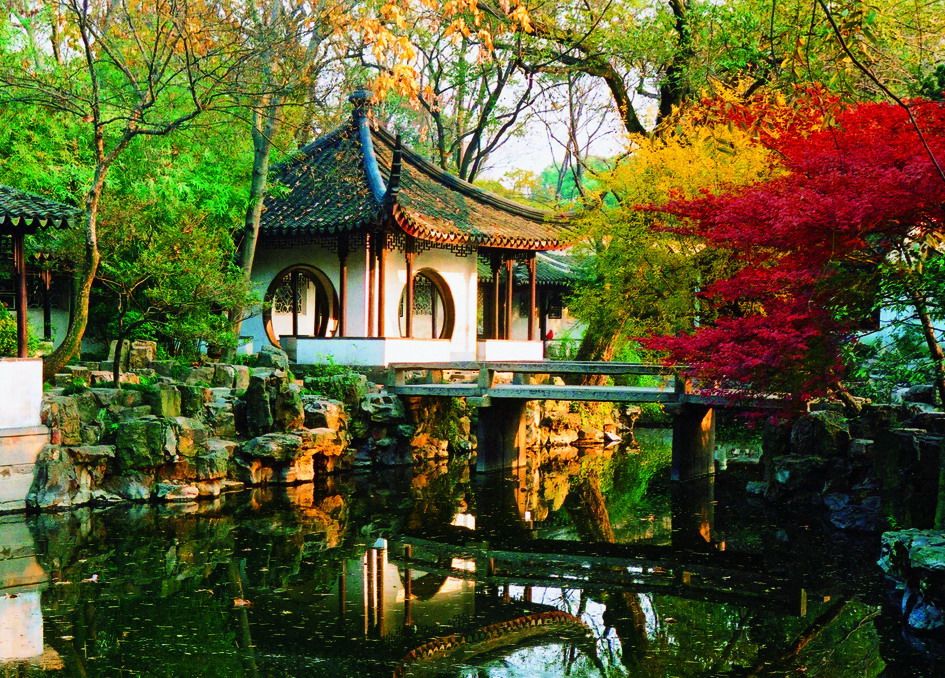
This garden is Suzhou’s largest. It’s considered the standard example of classical Chinese garden design. Wang Xianchen, a demoted government official who didn’t enjoy life as an official worker, created the garden around 1510 when he decided to retire. He initially named the garden, which occupies the space of the former Dahong Temple, Garden of the Unsuccessful Politician. The garden is revered among studies of ancient Chinese art, thanks to Wen Zhengming, an artist who had a studio in the garden in the mid 1500s. Wen created two albums full of paintings and poems depicting the garden.
The Lingering Garden
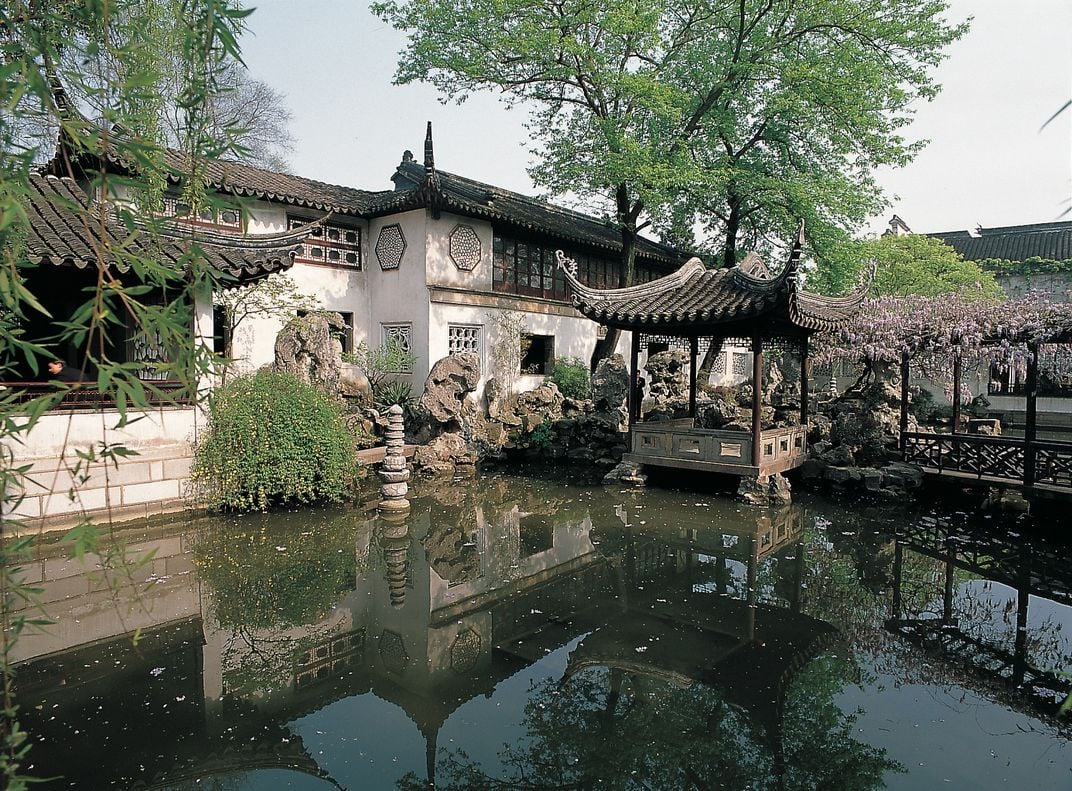
As the second largest garden in Suzhou, the Lingering Garden is also considered one of the four most famous in China. Xu Shitai, an imperial official, constructed it in 1520 as two large gardens. In 1635, a Buddhist temple was built on the western side. The garden went through various periods of ownership and abandonment until it was bought privately in 1873, refurbished, and expanded. It reopened to the public in the early 1950s. Now, the Lingering Garden is known for an impressive collection of rockeries, containing stones that reach up to twenty feet high, and striking architecture inlaid with ancient calligraphy.
The Master-of-Nets Garden
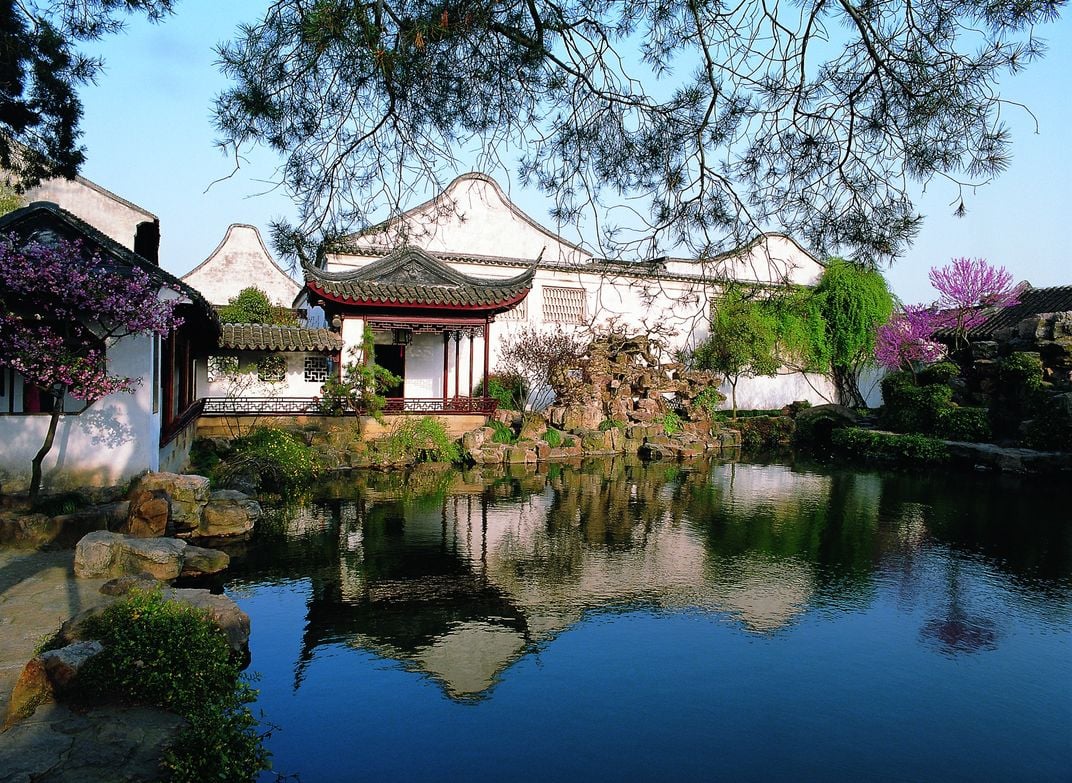
Around 1140, Shi Zhengzhi created a getaway called Fisherman’s Retreat, renowned for its extraordinary library and lake. Sadly, Shi died—and the retreat languished for six centuries until a government official, Song Zongyuan, restored it in 1760 to be used by his mother as a retirement house. Song renamed it to the Master of Fishing Nets Garden. After Song died, the garden again fell into a period of disrepair. It was purchased again in 1795 and eventually acquired by the government. In the 1930s, the garden was home to one of China’s most famous painters, Zhang Daqian, and his brother Shanzi. Shanzi painted as well, but mostly images of tigers—and he is, in fact, most remembered for having a pet tiger that lived with him on the garden grounds.
The Mountain Villa with Embracing Beauty
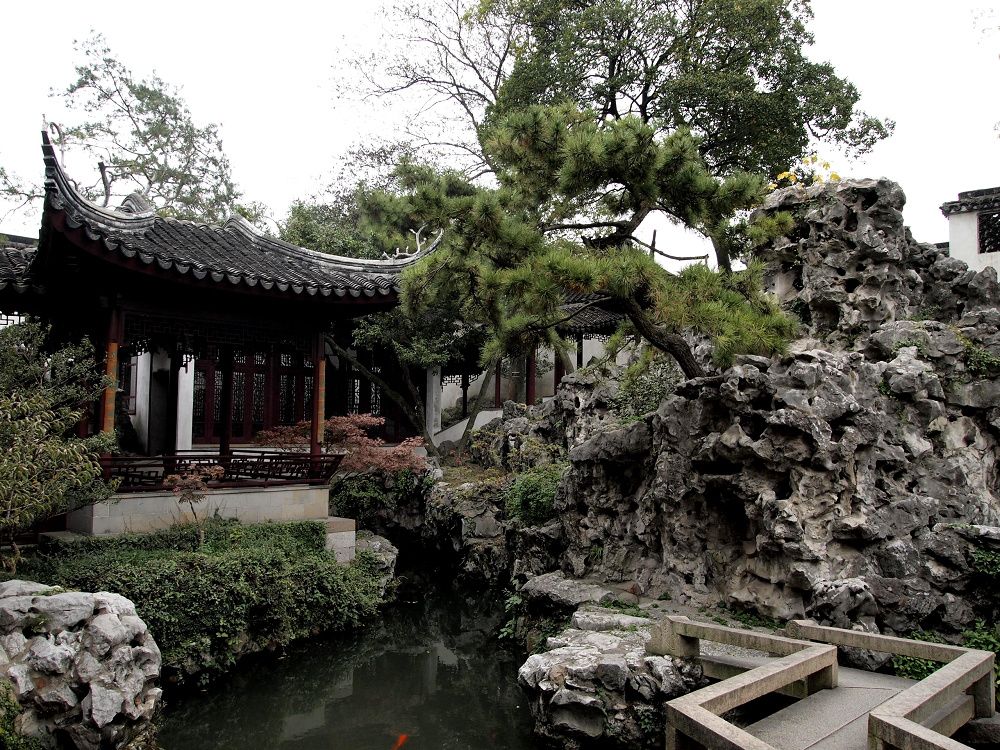
This isn’t just a garden; it’s also a place for education. The Suzhou Embroidery Research Institute occupies the buildings and the grounds, which are still open for public visits. A garden has been on this site since about 907, originally owned by a royal family from the Five Dynasties period. Mountain Villa is well known for its rockery that takes up almost all of the garden surrounding a freshwater spring and pond.
The Canglang Pavilion
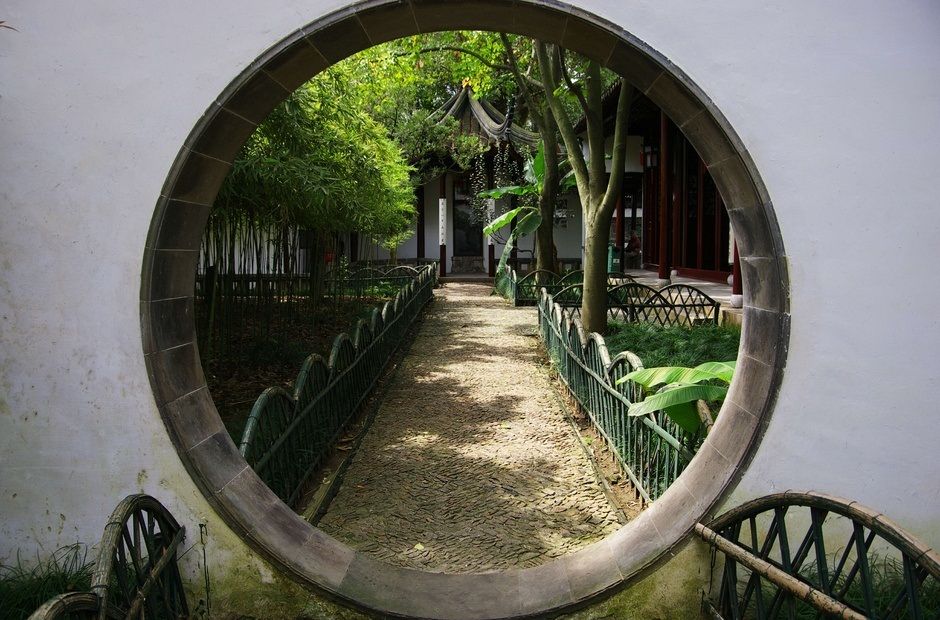
Although this garden is also called the Surging Waves Pavilian, Canglang is one of the few Suzhou gardens that don’t have a lake or pond as the central interior element. Instead, water runs along the north side of the garden, and the central focus is a mock mountain. The garden also contains a forest of weeping willows, ancient trees, and bamboo. Canglang was built in the 1040s on the site of a previously abandoned garden. It has been home to both a Buddhist temple and a government facility.
The Lion Forest Garden
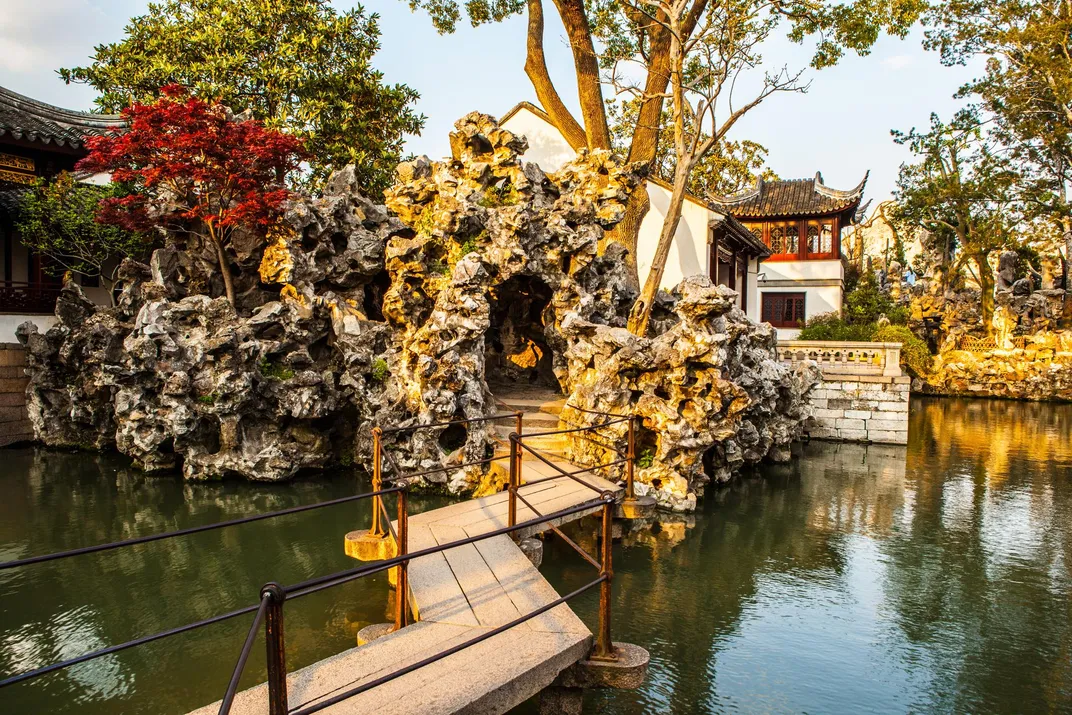
Fans of architect I.M. Pei may know of this rock-infused garden in Suzhou, as his uncle owned it starting in 1917. Pei spent much of his childhood at Lion Forest, playing in the artificial caves and climbing on the abundant rockeries. Many of the rocks in the garden are said to resemble lions, both in shape and in the shadows they cast. Buddhists following the monk Tainru Weize built Lion Forest in 1342 on an abandoned garden. It was remodeled in the mid 1700s and then again in 1917 when Pei’s uncle bought it. The garden and its rocks have faced colorful criticism in the past, with one visitor suggesting it looked “like a pile of coal dust covered with moss and ant hills, without the least suggestion of the atmosphere of mountains and forests” prior to its final renovation.
The Garden of Cultivation
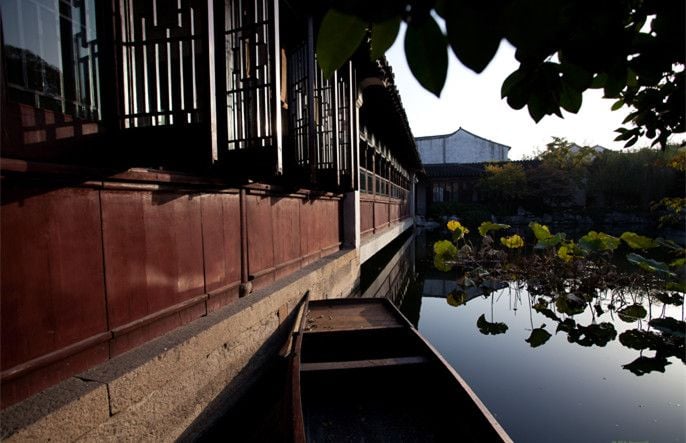
A garden was on this site dating back to 1541, but construction of the Garden of Cultivation is generally set at 1620. It was first known as the Medicine Patch, with rockeries on a man-made mountain, overlooking a pond. When ownership changed, it became known as the Art Patch, Herb Garden, or Herb Patch, depending on the translation. The Garden of Cultivation wasn’t always a garden, either—it has also been used for general housing and as a silk factory office. The government restored it in 1980. Today, the garden is Suzhou’s second smallest, but has the largest waterside pavilion in the city.
The Couple's Retreat
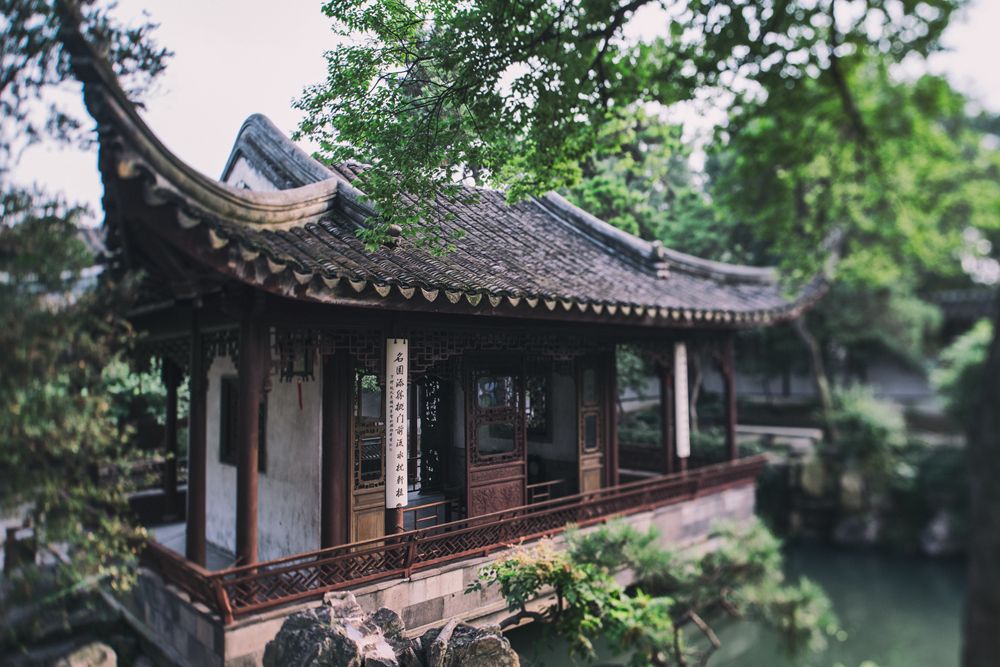
Couple’s Retreat is known for its romantic vibe. It was remodeled and expanded from a previous garden in 1874 by a husband and wife duo that wanted a place to read, study, and enjoy the simple life. The two composed a poem together to name the garden: “A loving couple lives in the couple’s garden retreat. / A poetic city was built at a corner of the ancient city.” The garden itself has three canals, artificial mountains and a narrow ravine. After the couple passed away, Couple’s Retreat was owned by the Zhenya Silk Weaving Mill and then donated to the city in 1955.
The Retreat and Reflection Garden
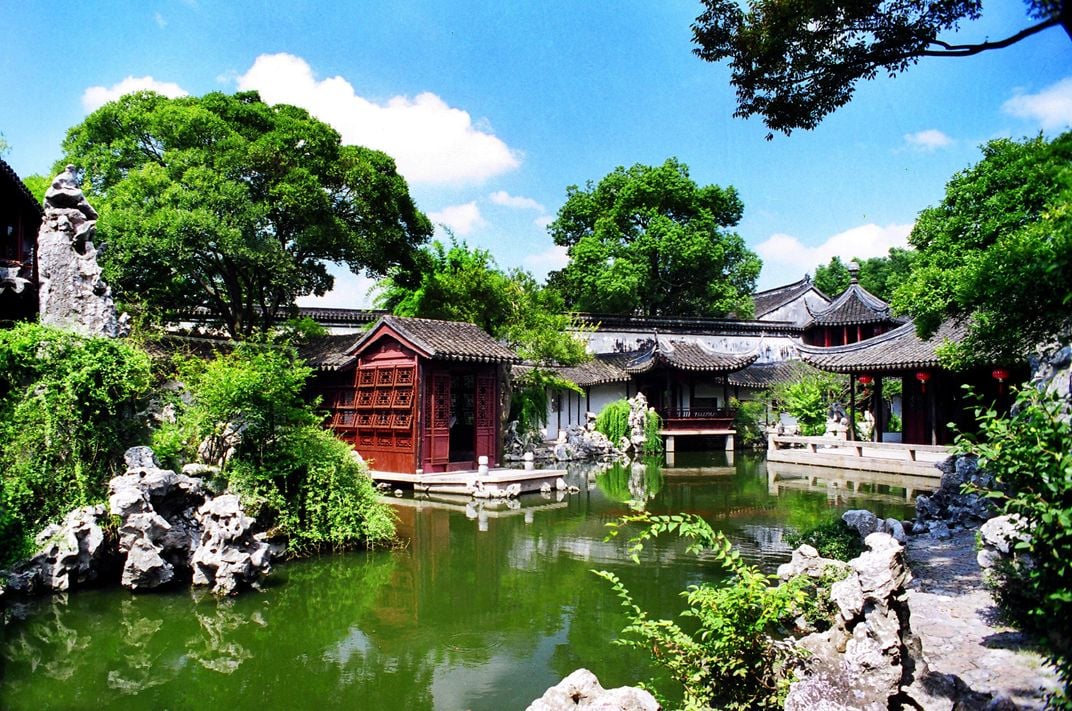
Although technically in the nearby ancient water town of Tongli, Retreat and Reflection is still part of Suzhou. Ren Lansheng spent three years building the garden, from 1885 to 1887. He had just moved back to his hometown after being dishonorably discharged from his position in the imperial service and wanted a place where he could meditate on how he had failed in his career. Now, the garden is famous for its pavilions which appear to be floating on top of the surface of the pond.
/https://tf-cmsv2-smithsonianmag-media.s3.amazonaws.com/accounts/headshot/JenniferBillock.png)
/https://tf-cmsv2-smithsonianmag-media.s3.amazonaws.com/accounts/headshot/JenniferBillock.png)